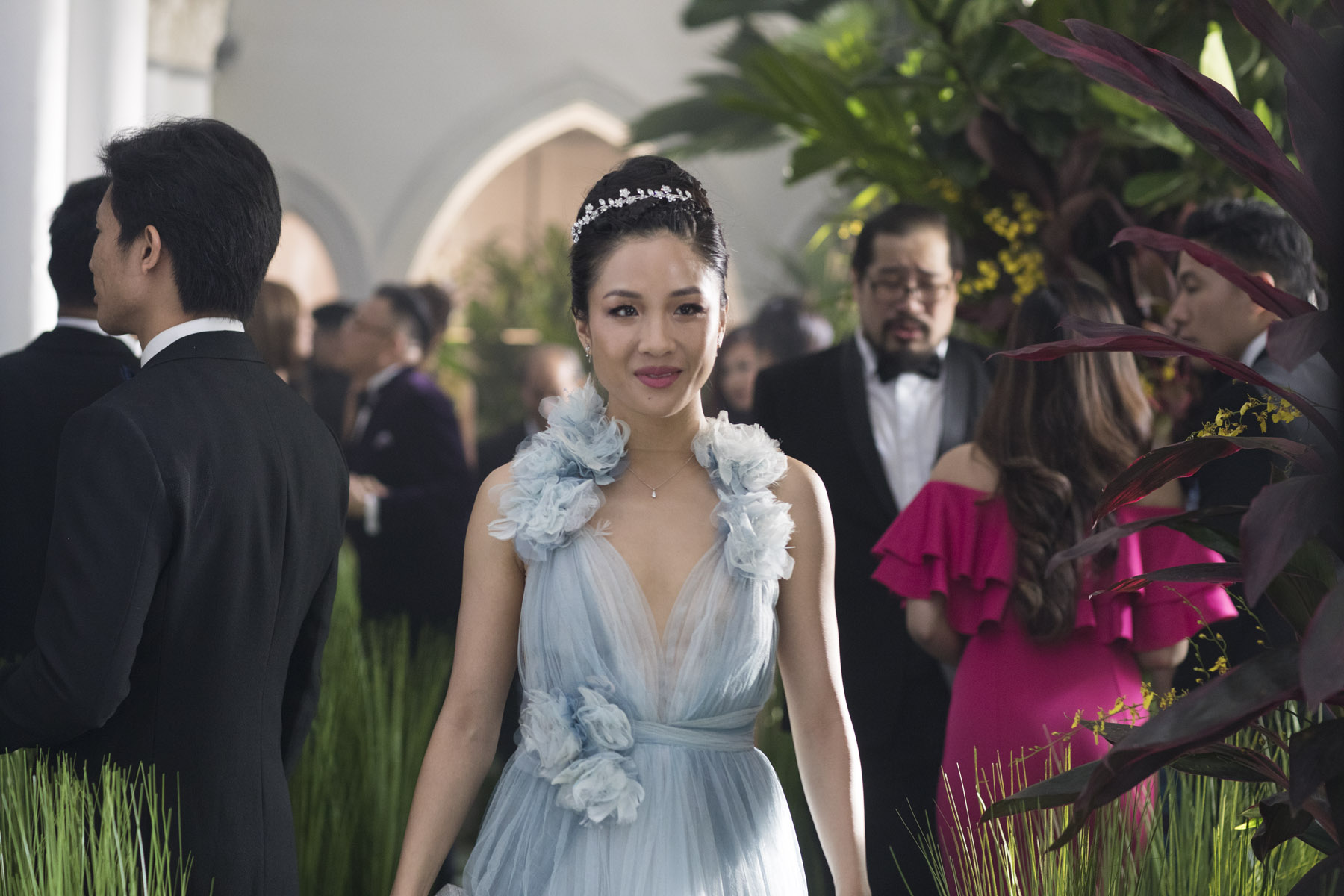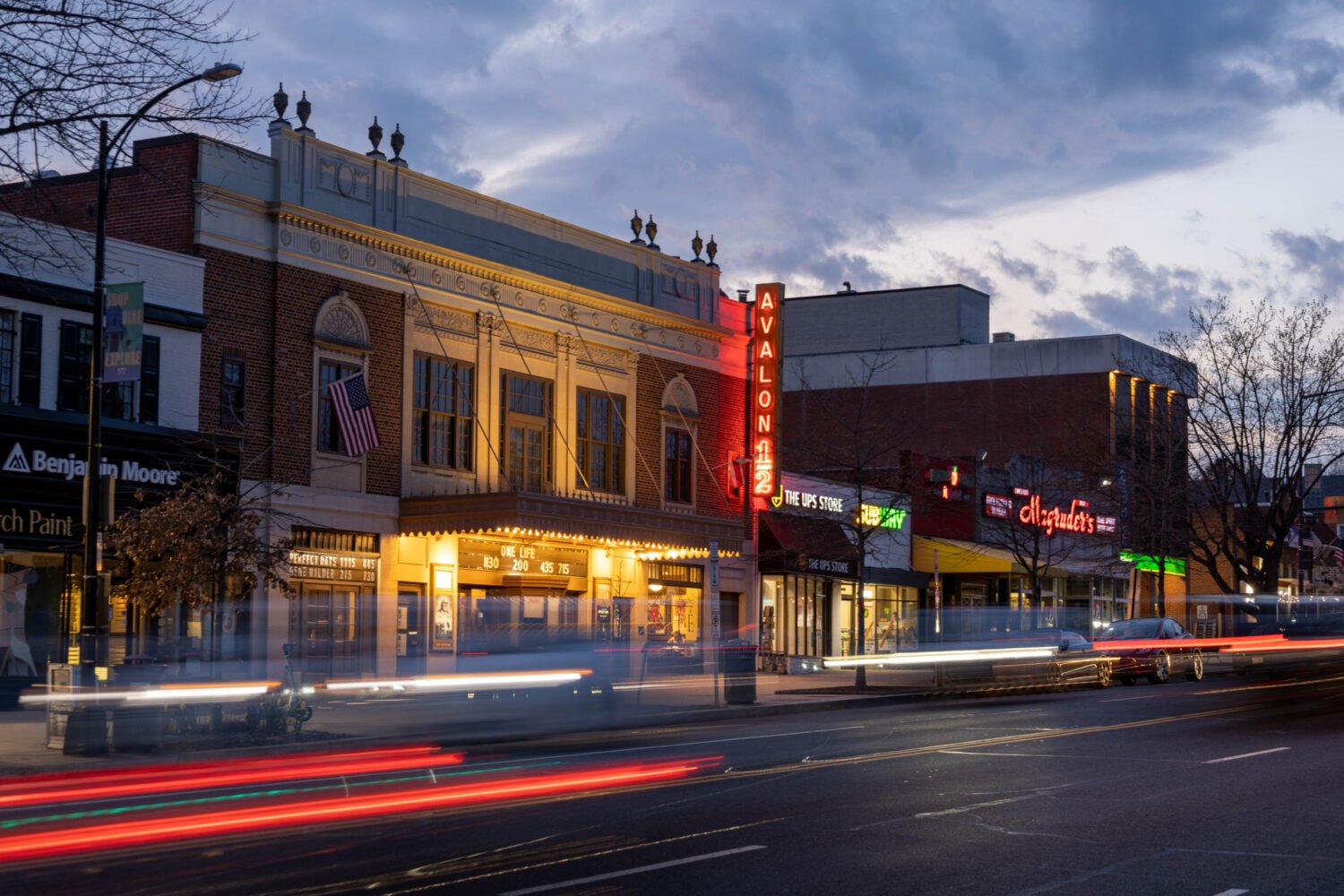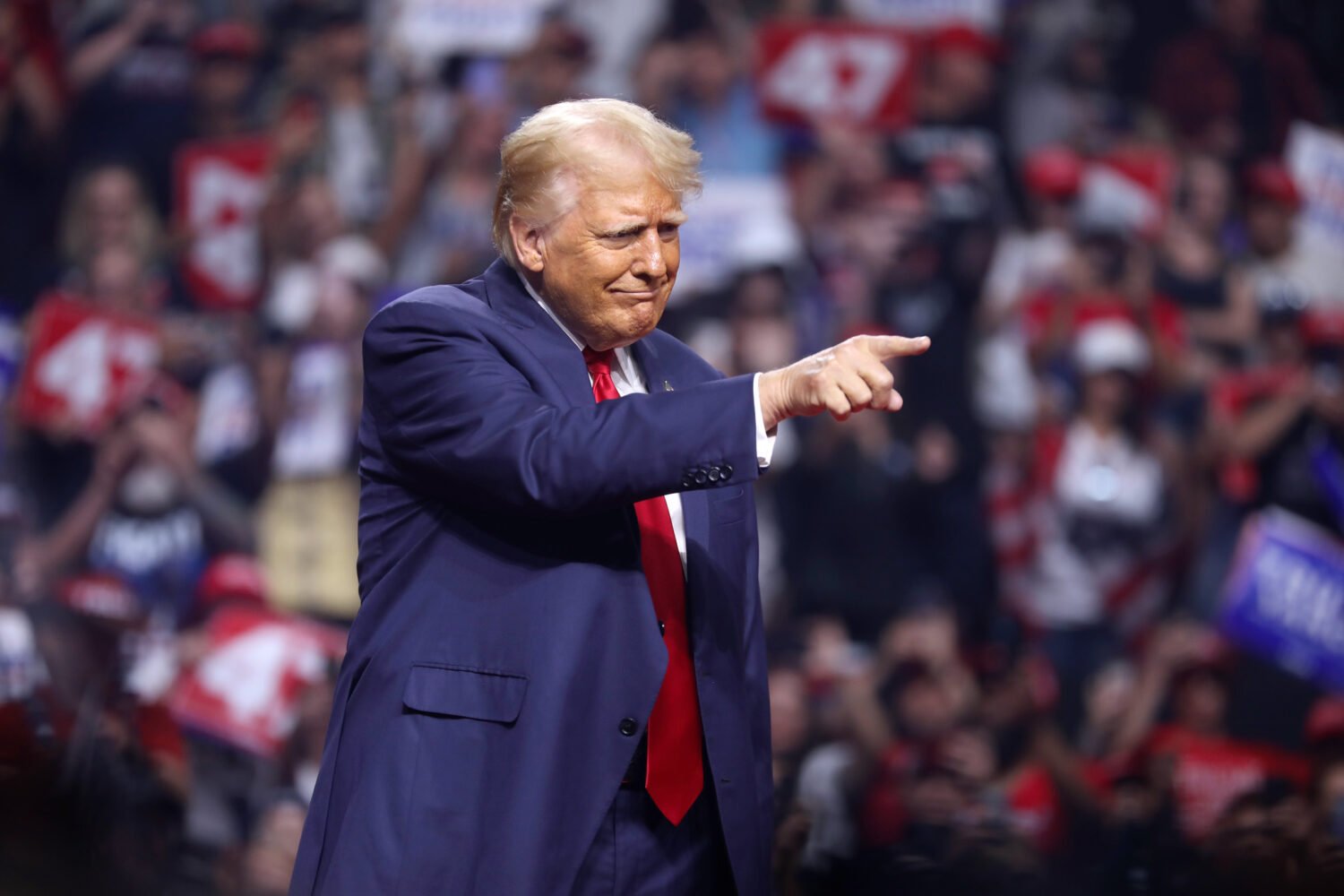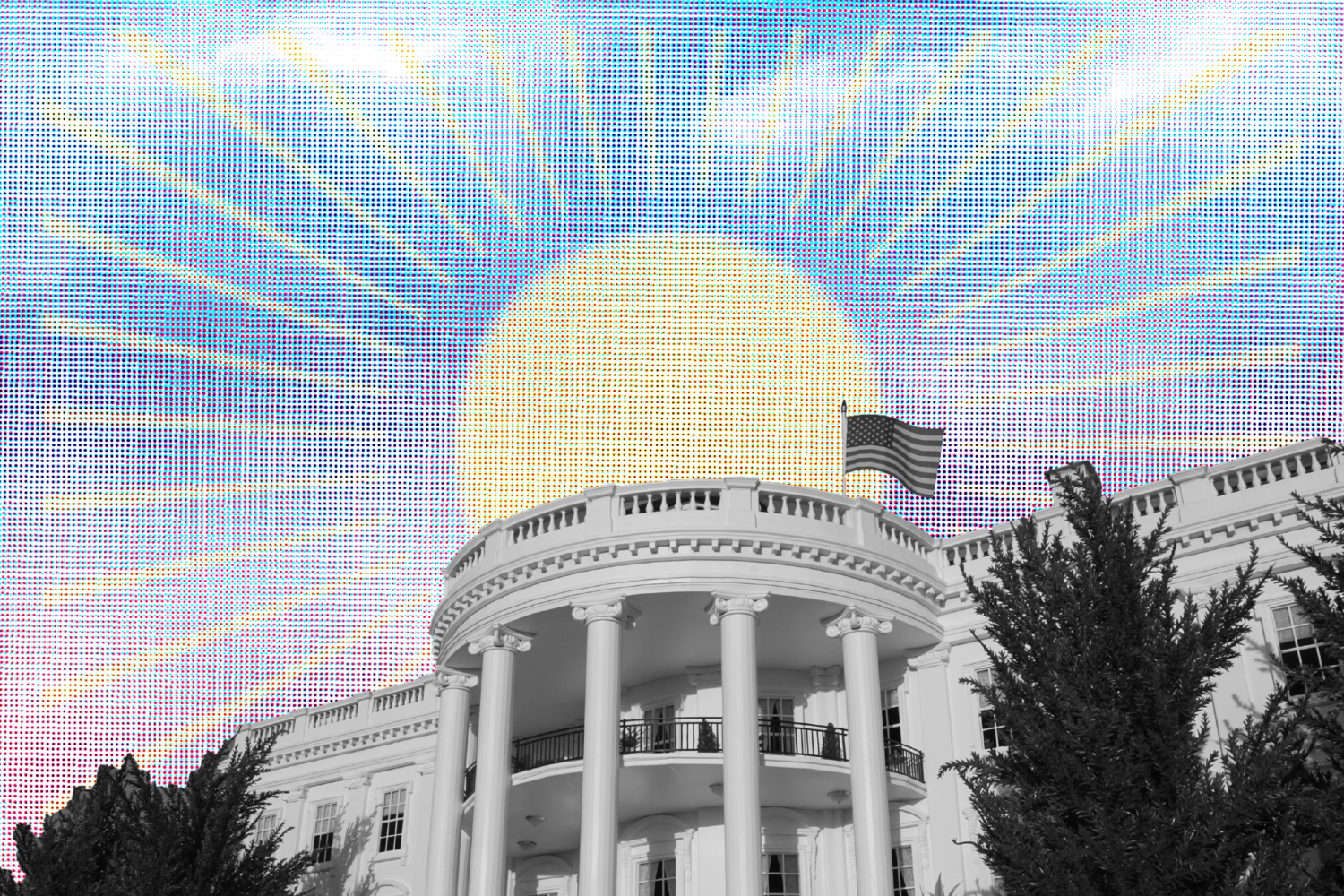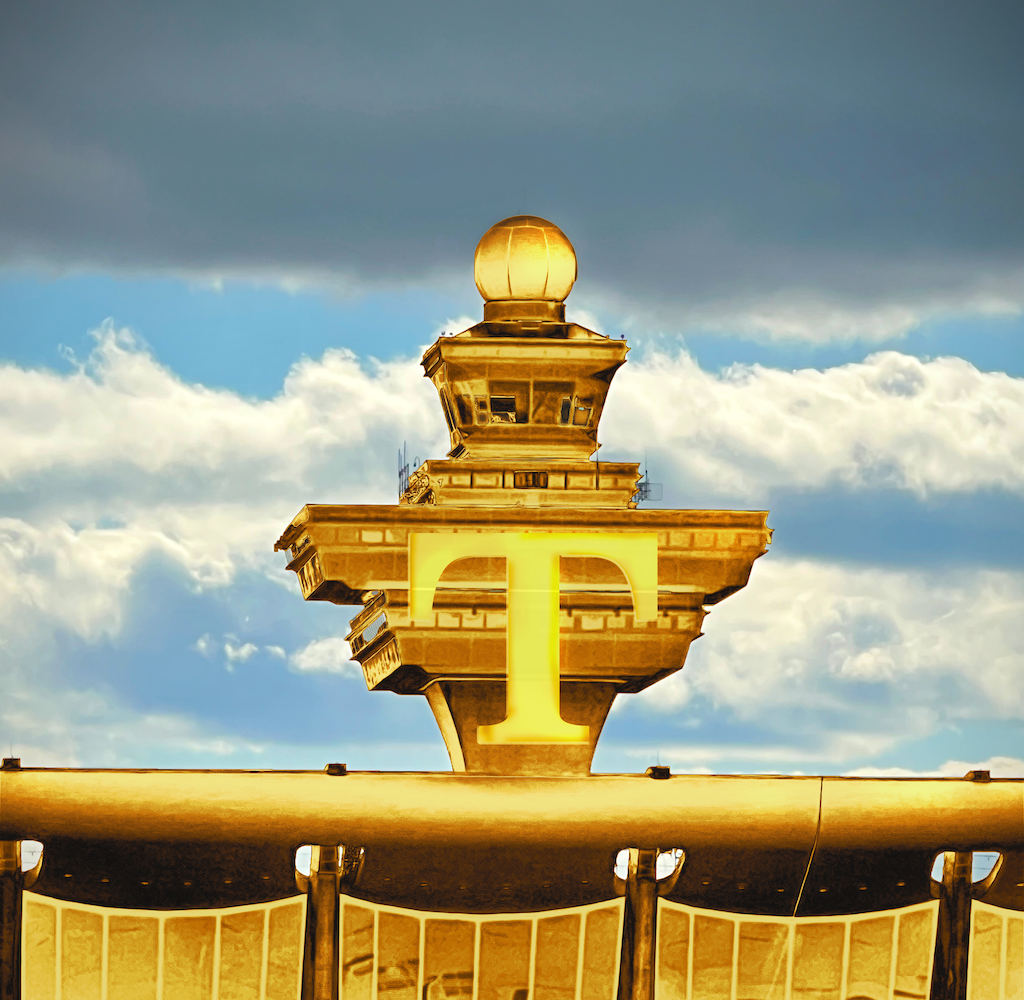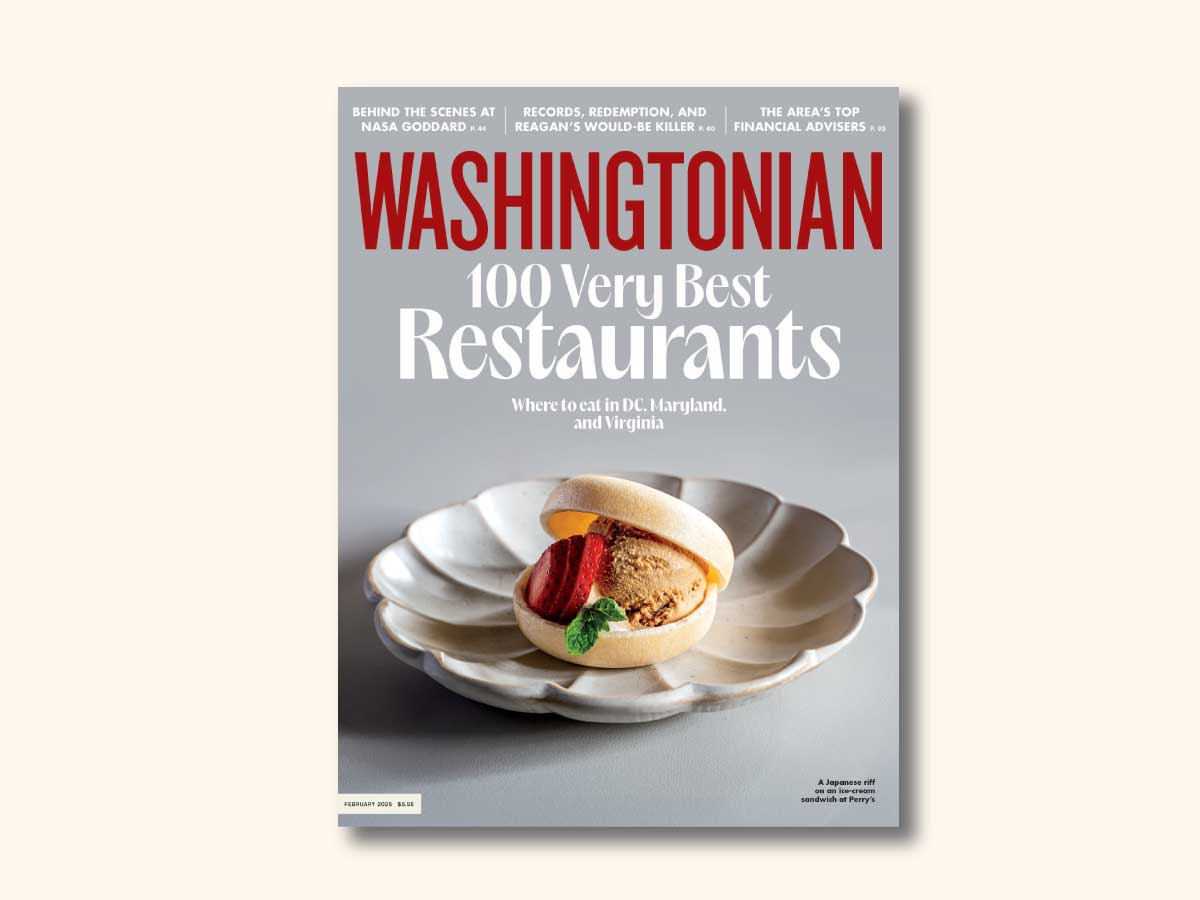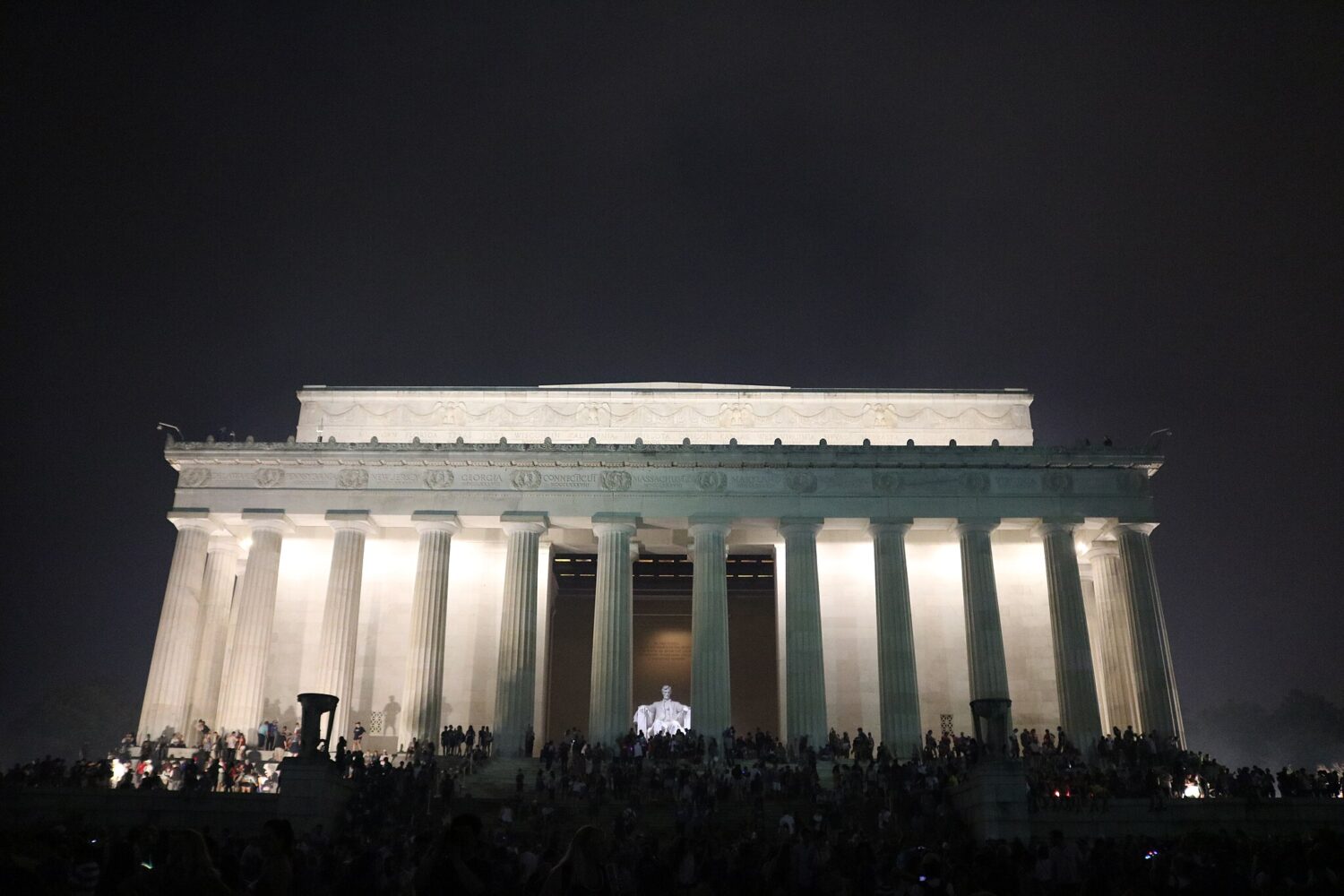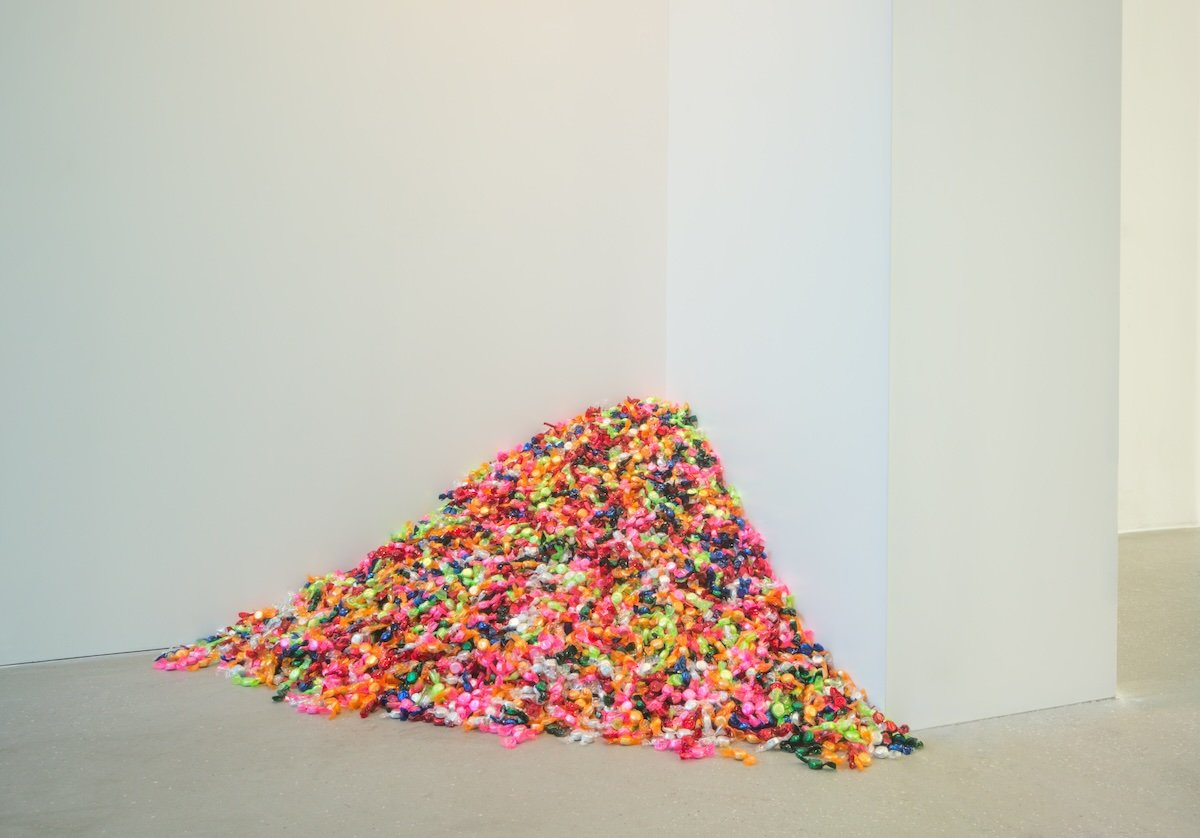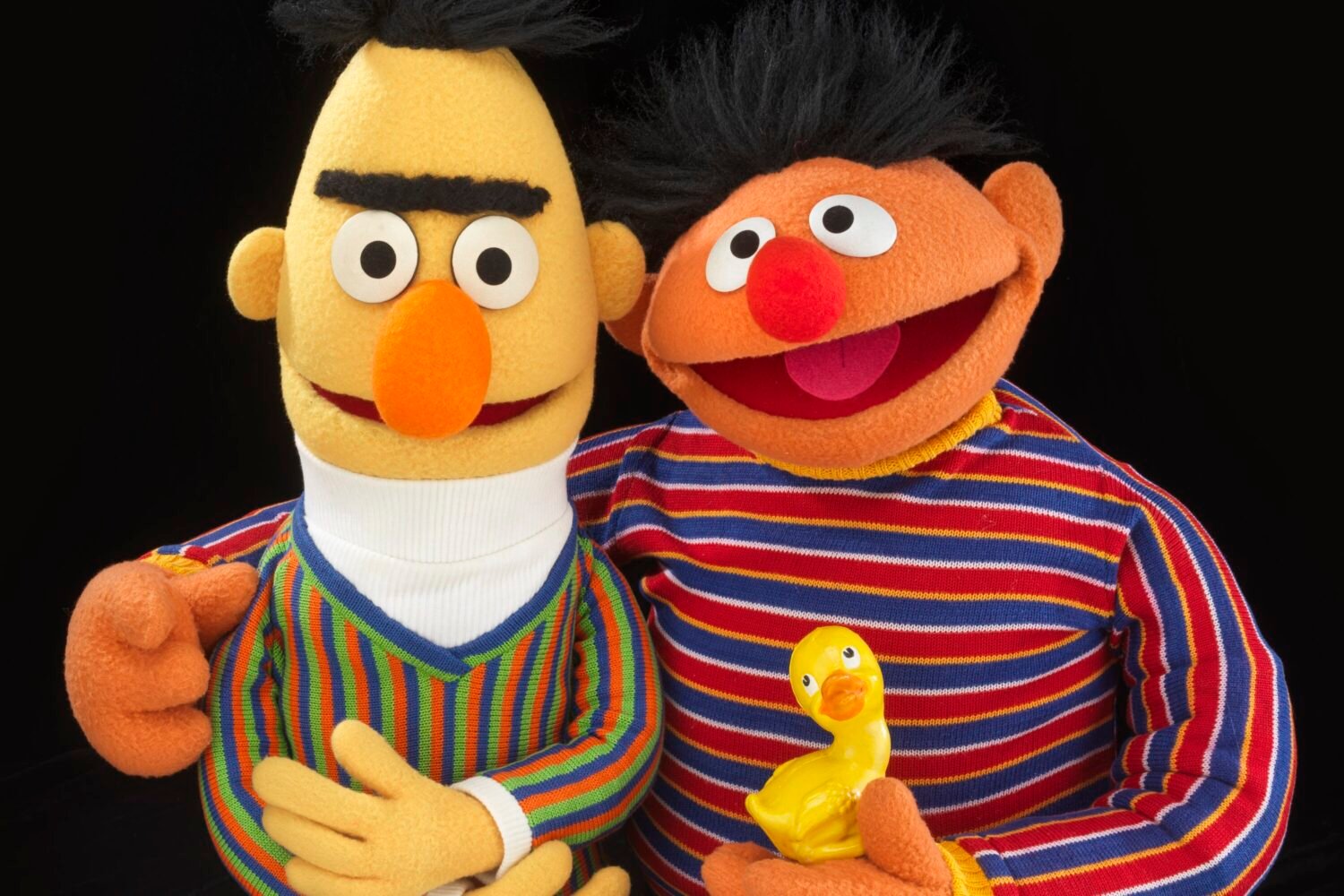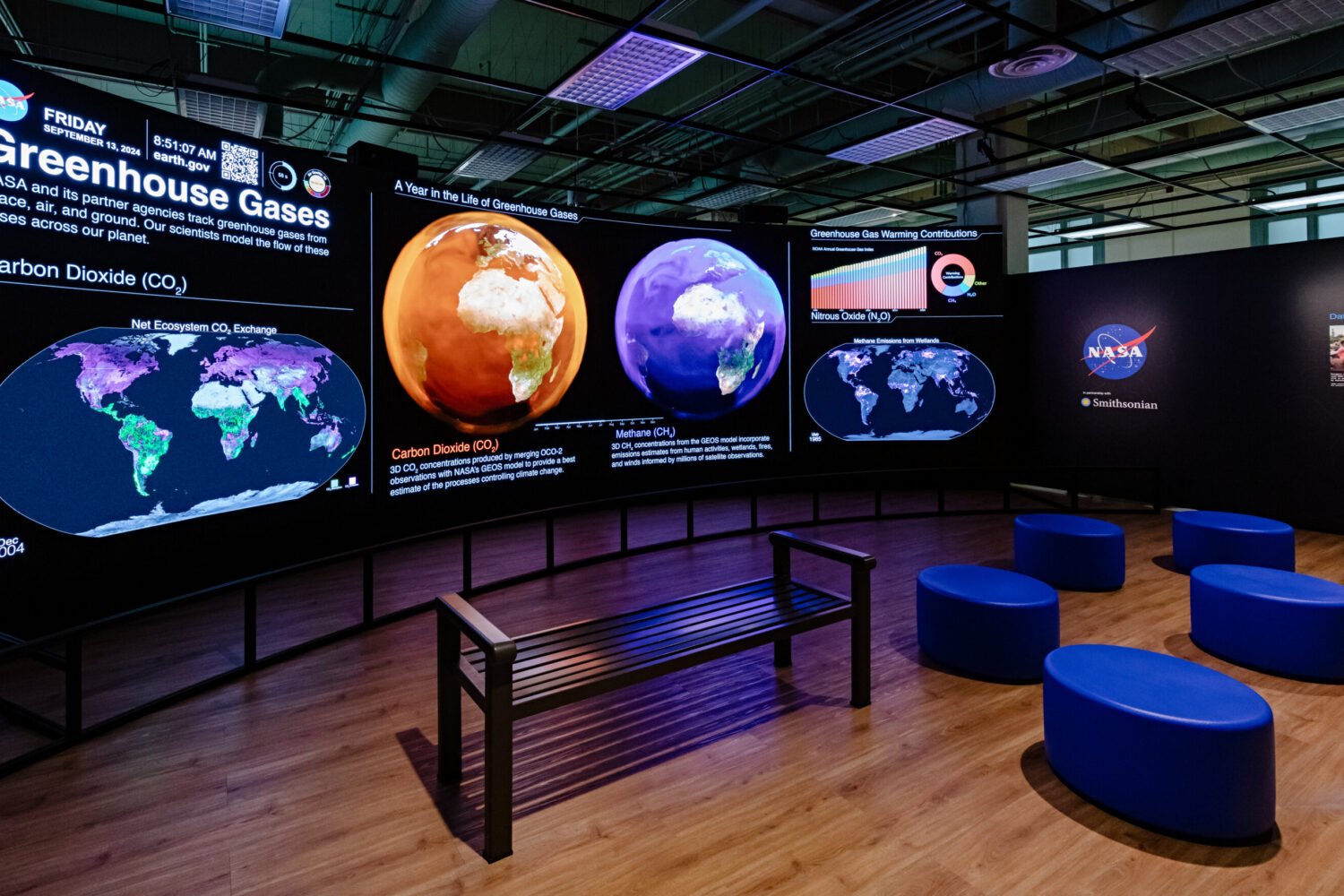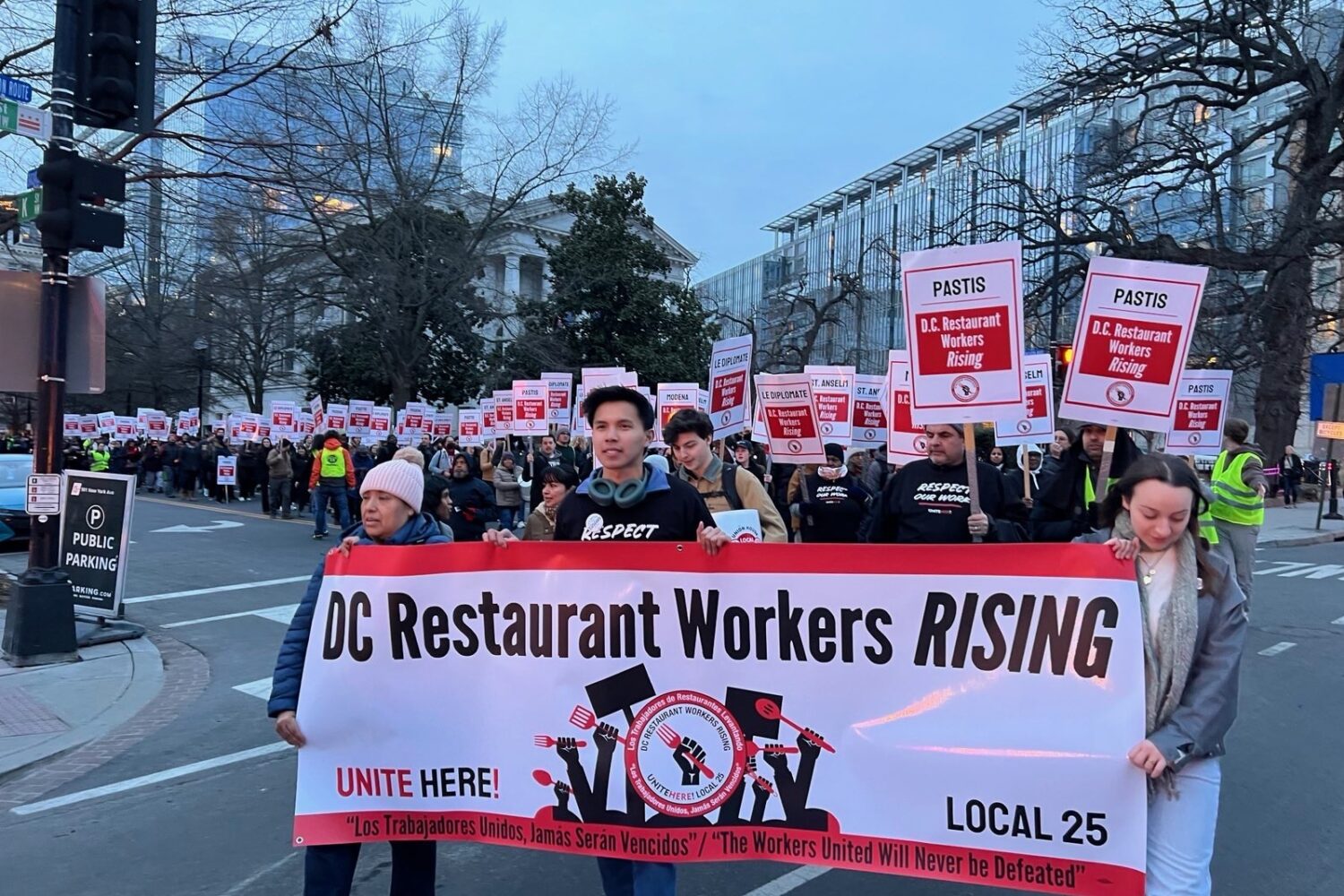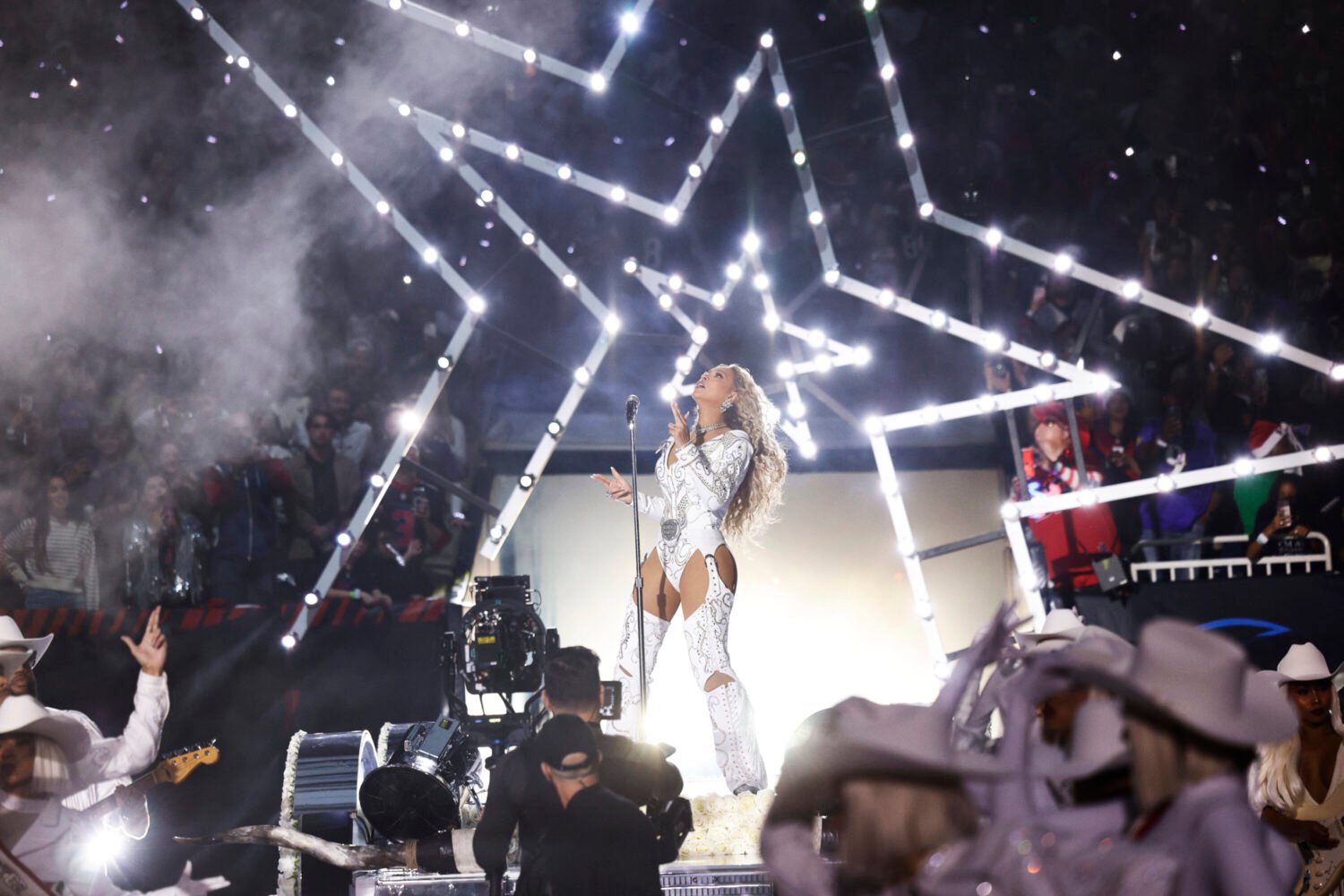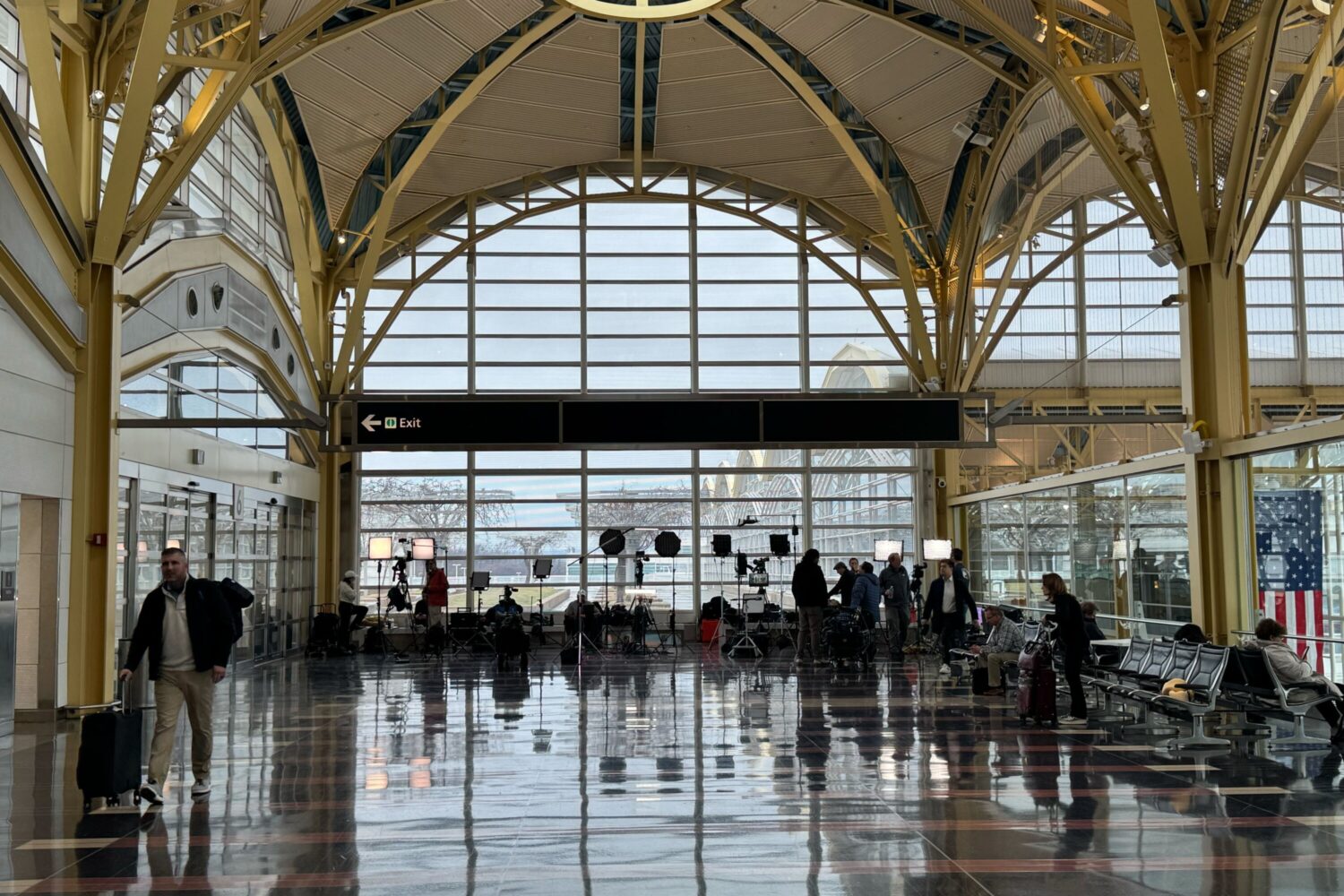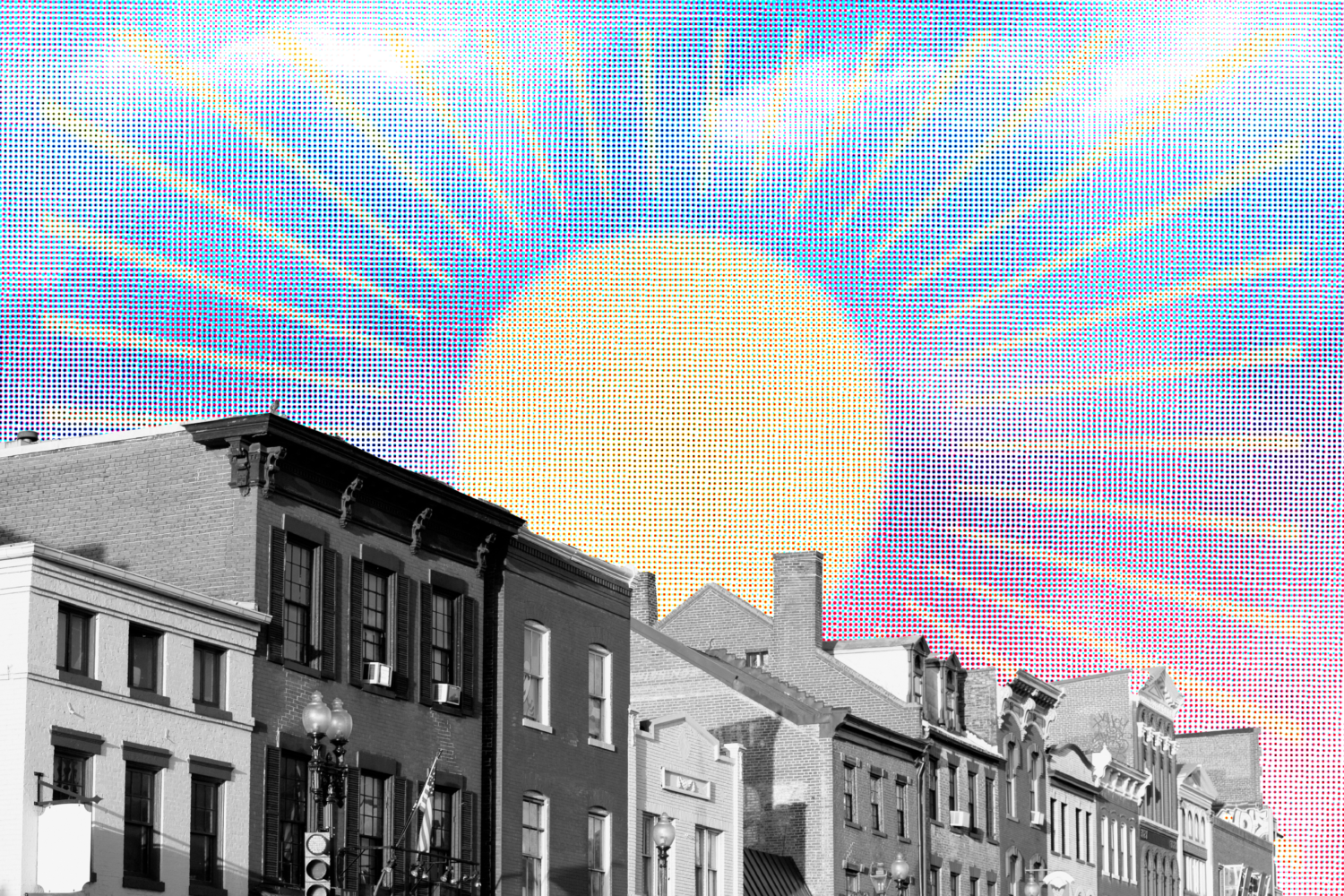The National Museum of American History will soon have one of Constance Wu‘s dresses from the blockbuster 2018 rom-com Crazy Rich Asians. Marchesa is donating the light blue tulle gown, which was originally from its fall 2016 collection. This weekend in LA, the dress will be on display for the first time; eventually it will make its way to DC to join the Batmobile, Dorothy’s ruby red slippers, and a handmaid’s costume as items that the museum has selected to illustrate American history through film and television.
In Crazy Rich Asians, the dress is a power outfit. The protagonist, Rachel Chu, has just been told she’ll “never be enough” for her boyfriend by his mother, Eleanor Young. “She’s either not Chinese enough or rich enough for the family,” says Theo Gonzalves, a curator of Asian Pacific American History at the museum who worked to acquire the item. “She’s really a fish out of water at that point.” After a pep talk from her best friend (“bok bok, bitch” becomes her motto) and a shopping/makeover montage (to the sound of a Cantonese version of “Material Girl”), Chu gets her confidence back just in time to wear this gorgeous piece at an extravagant wedding.
Director Jon Chu told the LA Times that it was a “Cinderella dress” that he’s seen recreated since the film came out. “I remember seeing moms make it for their little girls, I remember seeing women wear it with a sense of pride,” he continued. “It became literally a fairy-tale dress for people.”
The dress itself was slightly altered for the movie: Marchesa initially released it with sleeves, but Chu’s dress is sleeveless. Similar pieces typically retail between $1,000 and $10,000.
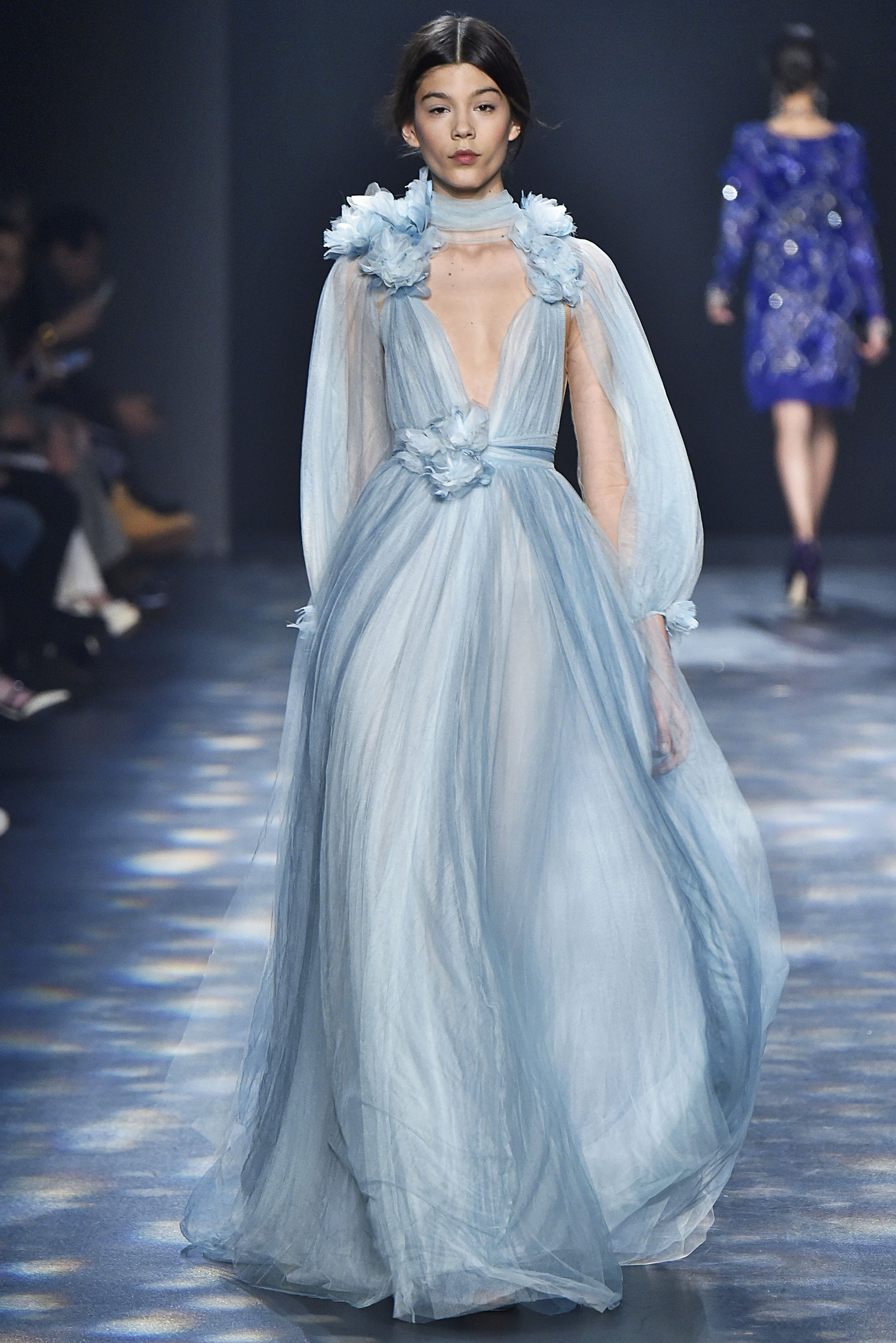
Gonzalves worked with the Smithsonian Asian Pacific American Center to bring the piece into the museum’s collection. Marchesa loaned the dress to the production, so Gonzalves reached out to them. About six months ago, he was leaving voicemails, sending emails, and even tweeting at the brand. “Of course, they’re a busy outfit,” he says. But once they understood what he and his team were hoping to preserve, they were on board. “The film really makes a mark in terms of cinematic history, in terms of popular depiction of Asian Americans on screen,” he says. “This really gets us a chance to tell that particular story of a film that depicts Asian Americans in a really dynamic way.”
The other Crazy Rich object he’d like the museum to acquire? The mahjong set. “The game itself [is] played by billions around the world—it’s something recognizable but it’s crucial to the dramatic tension of that part of the film.” It’s a moment that doesn’t happen in the book, but illustrates Chu’s game theory (she’s an economics professor) that she uses against Young. Of course, she beats Young and—spoiler alert—gains motherly approval by the end of the movie. “I would’ve loved to have had access to that object, but we’ll see,” says Gonzalves. “I’m still hopeful.”

